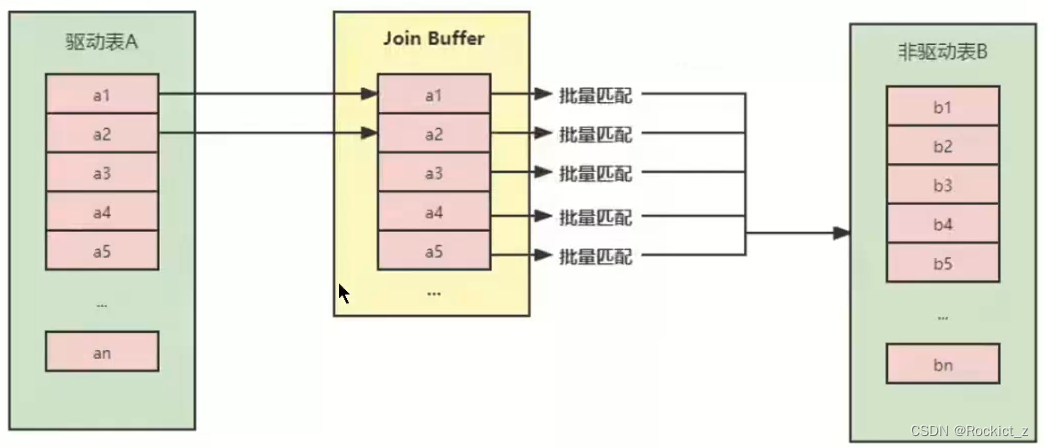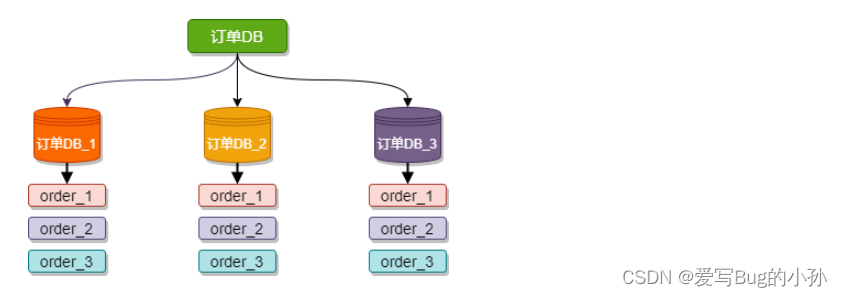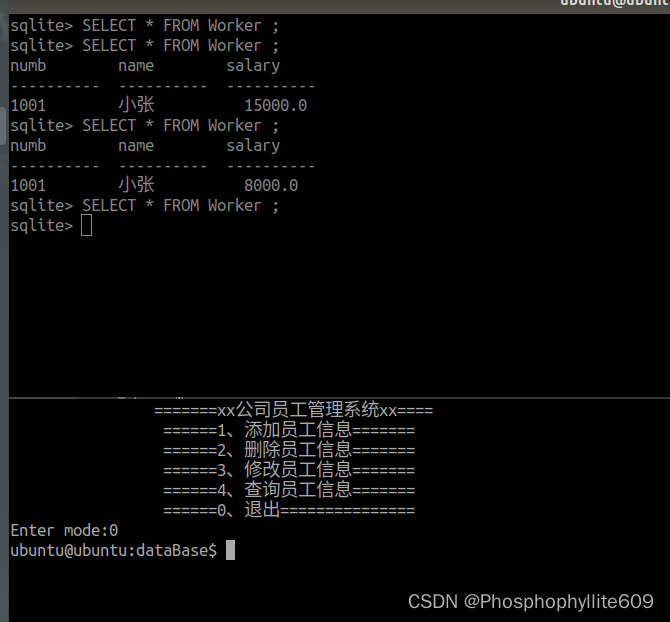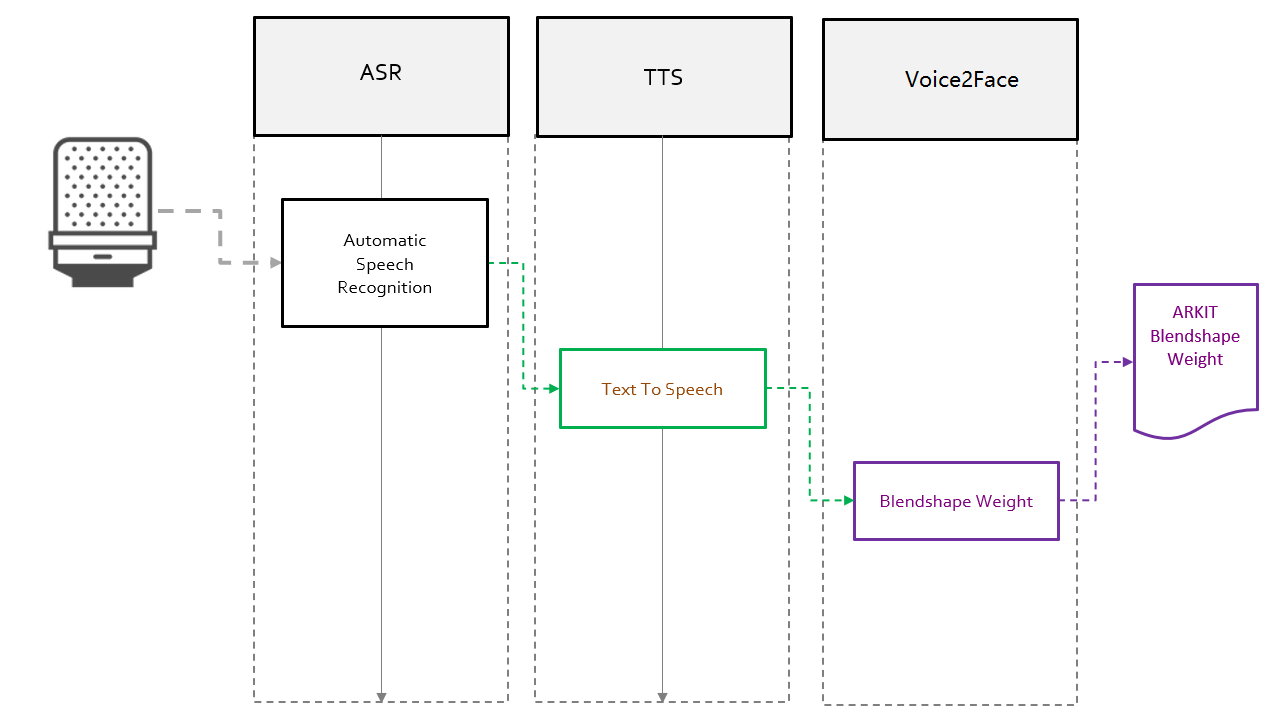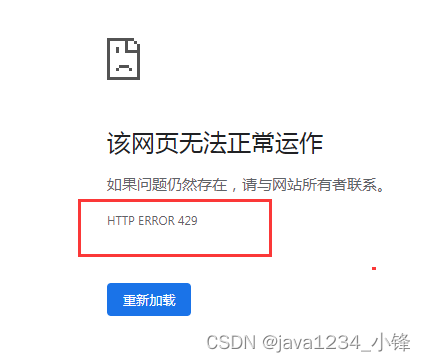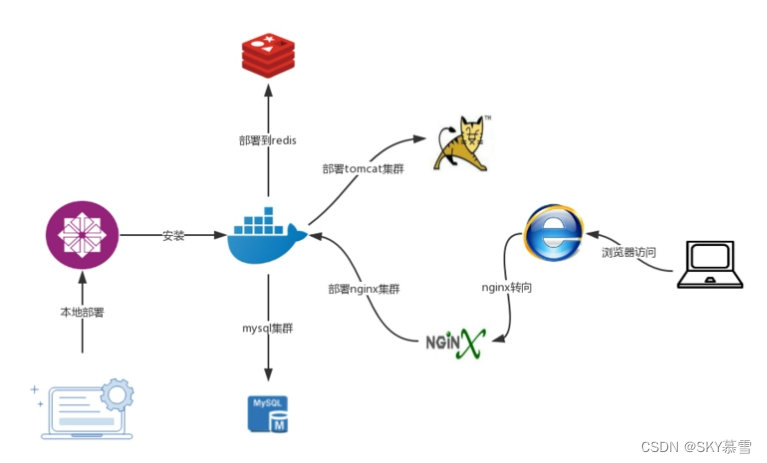SQOOP安装及使用
文章目录
- SQOOP安装及使用
- SQOOP安装
- 1、上传并解压
- 2、修改配置文件
- 3、修改环境变量
- 4、添加MySQL连接驱动
- 5、测试
- 准备MySQL数据
- 登录MySQL数据库
- 创建student数据库
- 切换数据库并导入数据
- 另外一种导入数据的方式
- 使用Navicat运行SQL文件
- 导出MySQL数据库
- import
- MySQLToHDFS
- 编写脚本,保存为MySQLToHDFS.conf
- 执行脚本
- 注意事项:
- MySQLToHive
- 编写脚本,并保存为MySQLToHIVE.conf文件
- 在Hive中创建testsqoop库
- 执行脚本
- --direct
- -e参数的使用
- MySQLToHBase
- 编写脚本,并保存为MySQLToHBase.conf
- 在HBase中创建student表
- 执行脚本
- export
- HDFSToMySQL
- 编写脚本,并保存为HDFSToMySQL.conf
- 先清空MySQL student表中的数据,不然会造成主键冲突
- 执行脚本
- 查看sqoop help
- 分区导入
- 增量导入
SQOOP安装
1、上传并解压
tar -zxvf sqoop-1.4.7_hadoop3.X.tar.gz
2、修改配置文件
# 切换到sqoop配置文件目录
cd /usr/local/soft/sqoop-1.4.7/conf
# 复制配置文件并重命名
cp sqoop-env-template.sh sqoop-env.sh
# vim sqoop-env.sh 编辑配置文件,并加入以下内容
export HADOOP_COMMON_HOME=/usr/local/soft/hadoop-3.1.1
export HADOOP_MAPRED_HOME=/usr/local/soft/hadoop-3.1.1
# 切换到bin目录
cd /usr/local/soft/sqoop-1.4.7/bin
# vim configure-sqoop 修改配置文件,注释掉没用的内容(就是为了去掉警告信息)

3、修改环境变量
vim /etc/profile
# 将sqoop的目录加入环境变量
4、添加MySQL连接驱动
# 从HIVE中复制MySQL连接驱动到$SQOOP_HOME/lib
cp /usr/local/soft/hive-1.2.1/lib/mysql-connector-java-5.1.49.jar /usr/local/soft/sqoop-1.4.7/lib/
5、测试
# 打印sqoop版本
sqoop version

# 测试MySQL连通性
sqoop list-databases -connect jdbc:mysql://master:3306?useSSL=false -username root -password 123456
准备MySQL数据
登录MySQL数据库
mysql -u root -p123456;
创建student数据库
create database student;
切换数据库并导入数据
# mysql shell中执行
use student;
source /usr/local/soft/shell/student.sql;
另外一种导入数据的方式
# linux shell中执行
mysql -u root -p123456 student</usr/local/soft/shell/student.sql
mysql -u root -p123456 student</root/score.sql
使用Navicat运行SQL文件
也可以通过Navicat导入
导出MySQL数据库
mysqldump -u root -p123456 数据库名>任意一个文件名.sql
import
从传统的关系型数据库导入HDFS、HIVE、HBASE…
MySQLToHDFS
编写脚本,保存为MySQLToHDFS.conf
import
--connect
jdbc:mysql://master:3306/student?useSSL=false
--username
root
--password
123456
--table
student
--m
2
--split-by
age
--target-dir
/sqoop/data/student1
--fields-terminated-by
','
执行脚本
sqoop --options-file MySQLToHDFS.conf
注意事项:
1、–m 表示指定生成多少个Map任务,不是越多越好,因为MySQL Server的承载能力有限
2、当指定的Map任务数>1,那么需要结合--split-by参数,指定分割键,以确定每个map任务到底读取哪一部分数据,最好指定数值型的列,最好指定主键(或者分布均匀的列=>避免每个map任务处理的数据量差别过大)
3、如果指定的分割键数据分布不均,可能导致数据倾斜问题
4、分割的键最好指定数值型的,而且字段的类型为int、bigint这样的数值型
5、编写脚本的时候,注意:例如:--username参数,参数值不能和参数名同一行
--username root // 错误的
// 应该分成两行
--username
root
6、运行的时候会报错InterruptedException,hadoop2.7.6自带的问题,忽略即可
21/01/25 14:32:32 WARN hdfs.DFSClient: Caught exception
java.lang.InterruptedException
at java.lang.Object.wait(Native Method)
at java.lang.Thread.join(Thread.java:1252)
at java.lang.Thread.join(Thread.java:1326)
at org.apache.hadoop.hdfs.DFSOutputStream$DataStreamer.closeResponder(DFSOutputStream.java:716)
at org.apache.hadoop.hdfs.DFSOutputStream$DataStreamer.endBlock(DFSOutputStream.java:476)
at org.apache.hadoop.hdfs.DFSOutputStream$DataStreamer.run(DFSOutputStream.java:652)
7、实际上sqoop在读取mysql数据的时候,用的是JDBC的方式,所以当数据量大的时候,效率不是很高
8、sqoop底层通过MapReduce完成数据导入导出,只需要Map任务,不需要Reduce任务
9、每个Map任务会生成一个文件
MySQLToHive
先会将MySQL的数据导出来并在HDFS上找个目录临时存放,默认为:/user/用户名/表名
然后再将数据加载到Hive中,加载完成后,会将临时存放的目录删除
编写脚本,并保存为MySQLToHIVE.conf文件
import
--connect
jdbc:mysql://master:3306/student?useSSL=false
--username
root
--password
123456
--table
score
--fields-terminated-by
"\t"
--lines-terminated-by
"\n"
--m
3
--split-by
student_id
--hive-import
--hive-overwrite
--create-hive-table
--hive-database
bigdata
--hive-table
score_sqoop
--delete-target-dir
在Hive中创建testsqoop库
hive> create database testsqoop;
如果重新导入表存在,那么就需要将–create-hive-table 选项去除
如果遇到如下错误
22/04/18 09:08:42 ERROR tool.ImportTool: Import failed: java.io.IOException: java.la ng.ClassNotFoundException: org.apache.hadoop.hive.conf.HiveConf
at org.apache.sqoop.hive.HiveConfig.getHiveConf(HiveConfig.java:50)
at org.apache.sqoop.hive.HiveImport.getHiveArgs(HiveImport.java:392)
at org.apache.sqoop.hive.HiveImport.executeExternalHiveScript(HiveImport.jav a:379)
at org.apache.sqoop.hive.HiveImport.executeScript(HiveImport.java:337)
at org.apache.sqoop.hive.HiveImport.importTable(HiveImport.java:241)
at org.apache.sqoop.tool.ImportTool.importTable(ImportTool.java:537)
at org.apache.sqoop.tool.ImportTool.run(ImportTool.java:628)
at org.apache.sqoop.Sqoop.run(Sqoop.java:147)
at org.apache.hadoop.util.ToolRunner.run(ToolRunner.java:70)
at org.apache.sqoop.Sqoop.runSqoop(Sqoop.java:183)
at org.apache.sqoop.Sqoop.runTool(Sqoop.java:234)
at org.apache.sqoop.Sqoop.runTool(Sqoop.java:243)
at org.apache.sqoop.Sqoop.main(Sqoop.java:252)
Caused by: java.lang.ClassNotFoundException: org.apache.hadoop.hive.conf.HiveConf
at java.net.URLClassLoader.findClass(URLClassLoader.java:381)
at java.lang.ClassLoader.loadClass(ClassLoader.java:424)
at sun.misc.Launcher$AppClassLoader.loadClass(Launcher.java:349)
at java.lang.ClassLoader.loadClass(ClassLoader.java:357)
at java.lang.Class.forName0(Native Method)
at java.lang.Class.forName(Class.java:264)
at org.apache.sqoop.hive.HiveConfig.getHiveConf(HiveConfig.java:44)
... 12 more
解决办法:
cp /usr/local/soft/hive-1.2.1/lib/hive-common-1.2.1.jar /usr/local/soft/sqoop-1.4.7/lib/
Exception in thread "main" java.lang.NoClassDefFoundError: org/apache/hadoop/hive/shims/ShimLoader
at org.apache.hadoop.hive.conf.HiveConf$ConfVars.<clinit>(HiveConf.java:368)
at org.apache.hadoop.hive.conf.HiveConf.<clinit>(HiveConf.java:105)
at java.lang.Class.forName0(Native Method)
at java.lang.Class.forName(Class.java:264)
at org.apache.sqoop.hive.HiveConfig.getHiveConf(HiveConfig.java:44)
at org.apache.sqoop.hive.HiveImport.getHiveArgs(HiveImport.java:392)
at org.apache.sqoop.hive.HiveImport.executeExternalHiveScript(HiveImport.java:379)
at org.apache.sqoop.hive.HiveImport.executeScript(HiveImport.java:337)
at org.apache.sqoop.hive.HiveImport.importTable(HiveImport.java:241)
at org.apache.sqoop.tool.ImportTool.importTable(ImportTool.java:537)
at org.apache.sqoop.tool.ImportTool.run(ImportTool.java:628)
at org.apache.sqoop.Sqoop.run(Sqoop.java:147)
at org.apache.hadoop.util.ToolRunner.run(ToolRunner.java:70)
at org.apache.sqoop.Sqoop.runSqoop(Sqoop.java:183)
at org.apache.sqoop.Sqoop.runTool(Sqoop.java:234)
at org.apache.sqoop.Sqoop.runTool(Sqoop.java:243)
at org.apache.sqoop.Sqoop.main(Sqoop.java:252)
Caused by: java.lang.ClassNotFoundException: org.apache.hadoop.hive.shims.ShimLoader
at java.net.URLClassLoader.findClass(URLClassLoader.java:381)
at java.lang.ClassLoader.loadClass(ClassLoader.java:424)
at sun.misc.Launcher$AppClassLoader.loadClass(Launcher.java:349)
at java.lang.ClassLoader.loadClass(ClassLoader.java:357)
... 17 more
cp /usr/local/soft/hive-1.2.1/lib/hive-shims* /usr/local/soft/sqoop-1.4.7/lib/
执行脚本
sqoop --options-file MySQLToHIVE.conf
–direct
加上这个参数,可以在导出MySQL数据的时候,使用MySQL提供的导出工具mysqldump,加快导出速度,提高效率
错误信息
22/04/18 09:42:33 INFO mapreduce.Job: Task Id : attempt_1650084984186_0048_m_000002_2, Status : FAILED
Error: java.io.IOException: Cannot run program "mysqldump": error=2, 没有那个文件或目录
at java.lang.ProcessBuilder.start(ProcessBuilder.java:1048)
at java.lang.Runtime.exec(Runtime.java:620)
at java.lang.Runtime.exec(Runtime.java:485)
at org.apache.sqoop.mapreduce.MySQLDumpMapper.map(MySQLDumpMapper.java:405)
at org.apache.sqoop.mapreduce.MySQLDumpMapper.map(MySQLDumpMapper.java:49)
at org.apache.hadoop.mapreduce.Mapper.run(Mapper.java:146)
at org.apache.hadoop.mapred.MapTask.runNewMapper(MapTask.java:787)
at org.apache.hadoop.mapred.MapTask.run(MapTask.java:341)
at org.apache.hadoop.mapred.YarnChild$2.run(YarnChild.java:164)
at java.security.AccessController.doPrivileged(Native Method)
at javax.security.auth.Subject.doAs(Subject.java:422)
at org.apache.hadoop.security.UserGroupInformation.doAs(UserGroupInformation.java:1758)
at org.apache.hadoop.mapred.YarnChild.main(YarnChild.java:158)
Caused by: java.io.IOException: error=2, 没有那个文件或目录
at java.lang.UNIXProcess.forkAndExec(Native Method)
at java.lang.UNIXProcess.<init>(UNIXProcess.java:247)
at java.lang.ProcessImpl.start(ProcessImpl.java:134)
at java.lang.ProcessBuilder.start(ProcessBuilder.java:1029)
... 12 more
解决办法:
需要将master上的/usr/bin/mysqldump分发至 node1、node2的/usr/bin目录下
scp /usr/bin/mysqldump node1:/usr/bin/
scp /usr/bin/mysqldump node2:/usr/bin/
-e参数的使用
import
--connect
jdbc:mysql://master:3306/student?useSSL=false
--username
root
--password
123456
--m
2
--split-by
student_id
--e
"select * from score where student_id=1500100011 and $CONDITIONS"
--fields-terminated-by
"\t"
--lines-terminated-by
"\n"
--target-dir
/testQ
--hive-import
--hive-overwrite
--create-hive-table
--hive-database
testsqoop
--hive-table
score2
分析导入日志:
22/04/18 10:24:34 INFO manager.MySQLManager: Preparing to use a MySQL streaming resultset.
22/04/18 10:24:34 INFO tool.CodeGenTool: Beginning code generation
Mon Apr 18 10:24:34 CST 2022 WARN: Establishing SSL connection without server's identity verification is not recommended. According to MySQL 5.5.45+, 5.6.26+ and 5.7.6+ requirements SSL connection must be established by default if explicit option isn't set. For compliance with existing applications not using SSL the verifyServerCertificate property is set to 'false'. You need either to explicitly disable SSL by setting useSSL=false, or set useSSL=true and provide truststore for server certificate verification.
22/04/18 10:24:34 INFO manager.SqlManager: Executing SQL statement: select * from score where student_id=1500100011 and (1 = 0)
22/04/18 10:24:34 INFO manager.SqlManager: Executing SQL statement: select * from score where student_id=1500100011 and (1 = 0)
22/04/18 10:24:34 INFO manager.SqlManager: Executing SQL statement: select * from score where student_id=1500100011 and (1 = 0)
22/04/18 10:24:34 INFO orm.CompilationManager: HADOOP_MAPRED_HOME is /usr/local/soft/hadoop-2.7.6
解释:
其中的三条SQL语句是为了检查SQL语句是否正确
BoundingValsQuery: SELECT MIN(student_id), MAX(student_id) FROM (select * from score where student_id=1500100011 and (1 = 1) ) AS t1
MySQLToHBase
编写脚本,并保存为MySQLToHBase.conf
import
--connect
jdbc:mysql://master:3306/student?useSSL=false
--username
root
--password
123456
--table
student
--hbase-table
stu
--hbase-create-table
--hbase-row-key
id
--m
1
--column-family
cf1
在HBase中创建student表
create 'stu','cf1'
执行脚本
sqoop --options-file MySQLToHBase.conf
export
HDFSToMySQL
编写脚本,并保存为HDFSToMySQL.conf
export
--connect
jdbc:mysql://master:3306/student?useSSL=false&useUnicode=true&characterEncoding=utf-8
--username
root
--password
123456
--table
student2
-m
1
--columns
id,name,age,gender,clazz
--export-dir
/sqoop/data/student1
--fields-terminated-by
','
先清空MySQL student表中的数据,不然会造成主键冲突
执行脚本
sqoop --options-file HDFSToMySQL.conf
查看sqoop help
sqoop help
21/04/26 15:50:36 INFO sqoop.Sqoop: Running Sqoop version: 1.4.6
usage: sqoop COMMAND [ARGS]
Available commands:
codegen Generate code to interact with database records
create-hive-table Import a table definition into Hive
eval Evaluate a SQL statement and display the results
export Export an HDFS directory to a database table
help List available commands
import Import a table from a database to HDFS
import-all-tables Import tables from a database to HDFS
import-mainframe Import datasets from a mainframe server to HDFS
job Work with saved jobs
list-databases List available databases on a server
list-tables List available tables in a database
merge Merge results of incremental imports
metastore Run a standalone Sqoop metastore
version Display version information
See 'sqoop help COMMAND' for information on a specific command.
# 查看import的详细帮助
sqoop import --help
分区导入
-- 创建分区表
CREATE TABLE `partition_student`(
`id` int,
`name` string,
`age` int,
`gender` string,
`clazz` string,
`last_mod` string)
COMMENT 'Imported by sqoop on 2023/10/20 14:52:43'
partitioned by(dt string)
ROW FORMAT SERDE
'org.apache.hadoop.hive.serde2.lazy.LazySimpleSerDe'
WITH SERDEPROPERTIES (
'field.delim'='\t',
'line.delim'='\n',
'serialization.format'='\t');
import
--connect
jdbc:mysql://master:3306/student?useSSL=false
--username
root
--password
123456
--m
2
--split-by
id
--e
"SELECT * FROM student2 WHERE substr(last_mod,1,11) = '2023-10-21' and $CONDITIONS"
--fields-terminated-by
"\t"
--lines-terminated-by
"\n"
--target-dir
/testQ
--hive-import
--hive-database
testsqoop
--hive-table
partition_student
--hive-partition-key
dt
--hive-partition-value
2023-10-21
sqoop --options-file insert_10_21_partition_mysql2hive.conf
增量导入
# 模拟做全量数据导入:
sqoop import \
--connect 'jdbc:mysql://master:3306/student?useSSL=false' \
--username root \
--password 123456 \
--e "select * from student2 where id <= 1500100990 and \$CONDITIONS" \
--target-dir /sqoop/incremental/student \
--m 2 \
--split-by id \
--fields-terminated-by ',' \
# 增量导入
sqoop import \
--connect 'jdbc:mysql://master:3306/student?useSSL=false' \
--username root \
--password 123456 \
--table student2 \
--target-dir /sqoop/incremental/student \
--m 2 \
--split-by id \
--fields-terminated-by ',' \
--incremental append \
--check-column id \
--last-value 1500100990
**注意:对于sqoop可以直接使用命令模式加上参数,同时参数和参数值在同一行 末尾使用 \ 表示当前行的命令未结束,下一行继续编辑 同时 --e 参数中的 $ 需要使用反斜杠将其取消转义 **
# 模拟做全量数据导入:
sqoop import \
--connect 'jdbc:mysql://master:3306/student?useSSL=false' \
--username root \
--password 123456 \
--e "select * from student2 where last_mod <= '2023-10-20 14:34:12' and \$CONDITIONS" \
--target-dir /sqoop/incremental/student2 \
--m 2 \
--split-by id \
--fields-terminated-by ','
# 针对时间字段进行做增量合并操作
sqoop import \
--connect 'jdbc:mysql://master:3306/student?useSSL=false' \
--username root \
--driver com.mysql.jdbc.Driver \
--password 123456 \
--table student2 \
--target-dir /sqoop/incremental/student2 \
--split-by id \
--m 2 \
--fields-terminated-by ',' \
--incremental lastmodified \
--check-column last_mod \
--last-value "2023-10-20 14:34:20" \
--merge-key \
id
**merge-key是针对某个ID进行合并 将时间戳最大的进行保存 --last-value 指定上一次最大时间 在做查询时日志中 SQL查询语句为where last_mode >= ‘2023-10-20 14:34:20’ **

